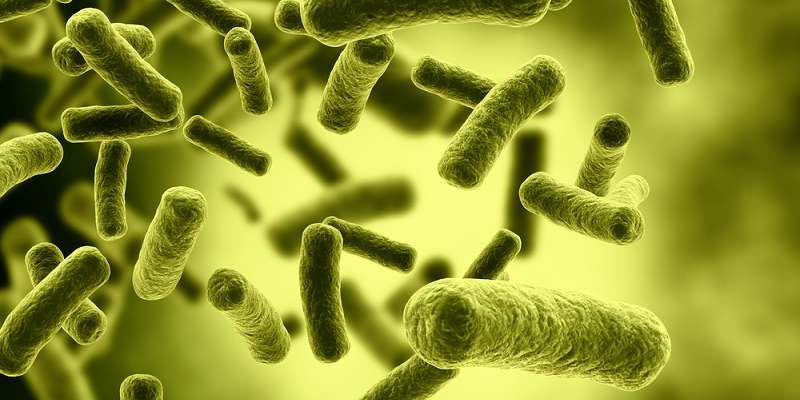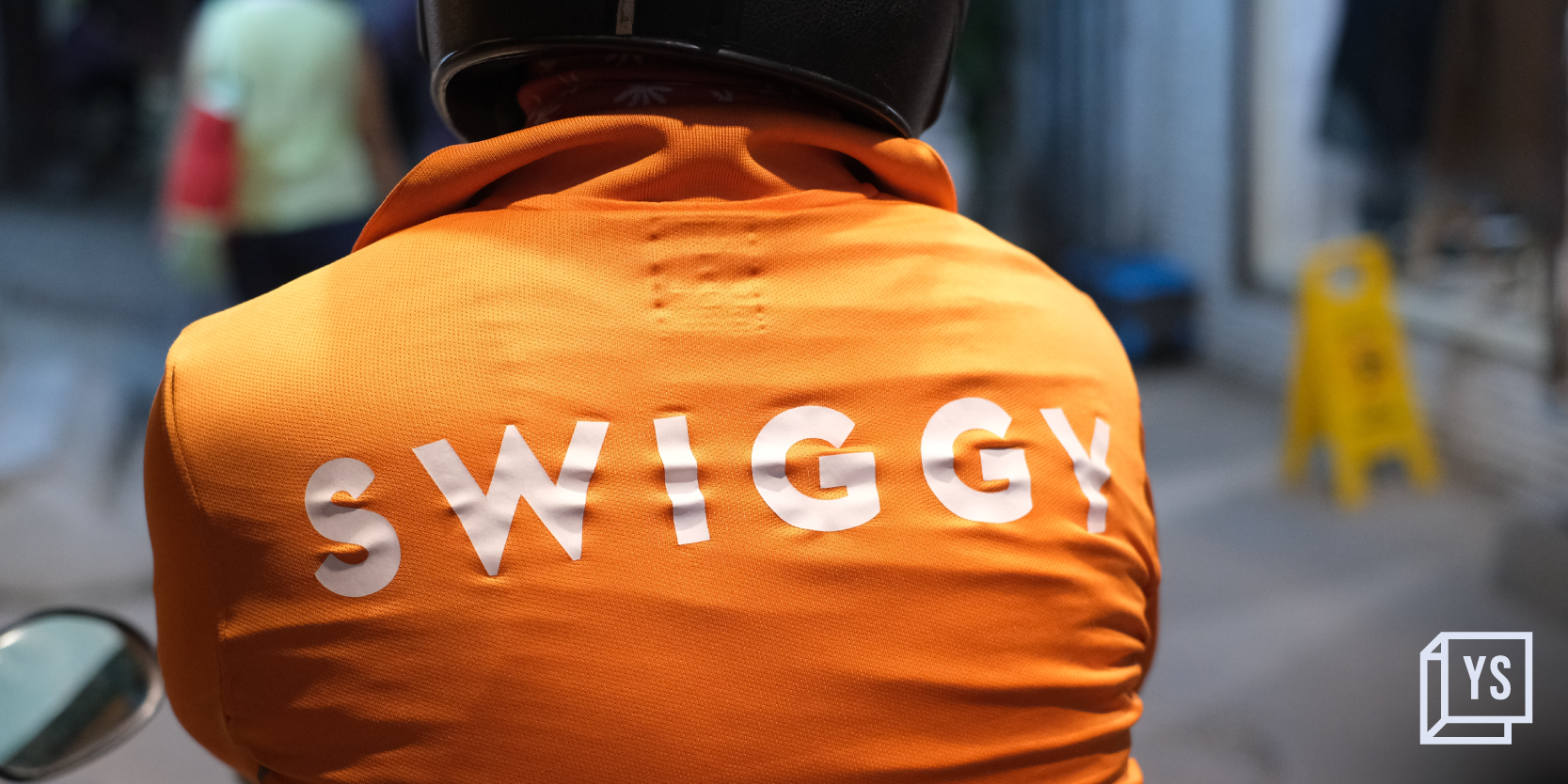Scientists from London have developed innovative ways to convert sunlight into valuable medicine
Scientists, including one of Indian- origin, have modified microalgae genetically to allow them to transform sunlight into everything ranging from chemotherapy or bioplastics to valuable flavour and fragrance compounds.

We hijack a portion of the energy produced by the microalgae from their photosynthetic systems. By redirecting that energy to a genetically modified part of the cell capable of producing various complex chemical materials, we induce the light driven biosynthesis of these compounds, said Agnieszka Janina Zygadlo Nielsen, from the University of Copenhagen in Denmark.
The researchers successfully modified microalgae to form complex molecules to an unprecedented extent, an advance that may lead to an inexpensive and environmental friendly method of producing chemicals such as pharmaceutical compounds.
The problem with many of these substances today is that they are extremely expensive and difficult to make, and therefore produced only in small quantities in the medicinal plants, researchers said.
A cancer drug like Taxol for instance is made from old yew trees, which naturally produce the substance in their bark. It is a cumbersome process which results in expensive treatments. If we let the microalgae run the production this problem could be obsolete, Nielsen said.
The method can be run sustainably and continuously, and this is what makes it even more spectacular compared to present methods, said Thiyagarajan Gnanasekaran, from University of Copenhagen.
Our study shows that it is possible to optimise the enzymatic processes in the cells using only sunlight, water and CO2 by growing them in transparent plastic bags in a greenhouse. Theoretically, the water could be replaced with sewage water, which could make the process run on entirely renewable energy and nutrient sources. Recycling wastewater from industry and cities to produce valuable substances would surely be positive. If we can create a closed system that produces the valued chemicals from water, sunlight and carbon dioxide, it would be a fully competitive method compared to the ones used today, where it is primarily extracted from plants or yeast and E coli bacteria producing the substances, said Nielsen.
Also read : These smart teeth can detect bacteria, cavities and even stomach cancer
In theory it should be cheaper on the long run to use our method than adding the large quantities of sugar that the conventional yeast and E coli cultures among other things need to function. It is difficult to produce large quantities of the desired compounds in microalgae because they have to use a large amount of the produced energy for themselves, since they are fully photosynthetic organisms. Exactly for this reason, it makes good sense to have them produce the particularly valuable substances which are cost effective to produce in relatively small quantities at a time, as for instance medicine, Gnanasekaran said.











